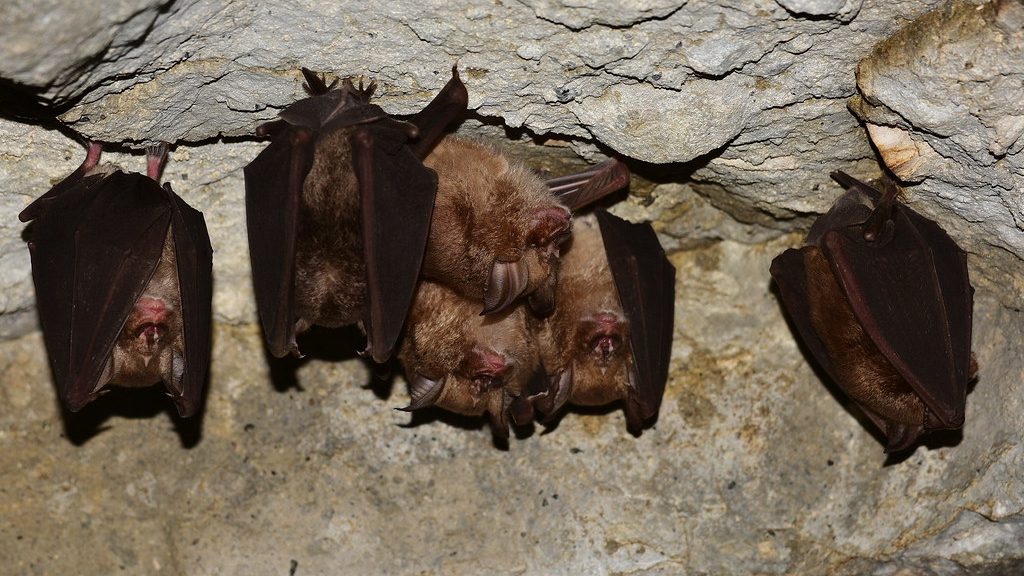Were there “early warning signs” of COVID-19 on Twitter?

Credit: Marcos on Adobe Stock
- The first human cases of COVID-19 (subsequently named SARS-Cov-2) were first reported by officials in Wuhan City, China, in December 2019. The first cases of the virus in Europe were discovered at the end of January 2020.
- Although there were really no preventative measures that could have completely stopped the pandemic, a new study takes a retrospective look at the months preceding the rapid spread of this virus.
- Researchers suggest that, in a successive phase of the pandemic (or any pandemic), monitoring social media could help public health authorities mitigate the risks of a contagion resurgence.
Although there were really no preventative measures that could have completely stopped the pandemic, a new study takes a retrospective look at the months preceding the rapid spread of this virus. Specifically, this study focused on Twitter to decide if there were ‘warning signs’ of the upcoming pandemic on social media.

Geo-localization of pneumonia-related tweets posted across Europe since December 2019.Credit: Nature.com
(A) Number of users discussing pneumonia between 15 December 2019 and 21 January 2020, after filtering out press releases and news accounts. (B) Relative variation in number of users discussing pneumonia between winter seasons 2019 and 2020.
Since January 2020, when the severe acute respiratory syndrome coronavirus 2 (SARS-Cov-2) began to spread from China to Europe and the United States, criticism has intensified over the ways public health authorities across the globe could have better managed the threat.
Throughout this pandemic, different surveillance strategies have been used to monitor the spread of the virus, including sentinel surveillance systems, household surveys, lab-based surveys, community-based surveys, and the Integrated Disease Surveillance and Response (IDSR) framework. More recently, social media outlets have been used for monitoring epidemics and informing the judgments and decisions of public health officials and experts.
A new study conducted by researchers at IMT School for Advanced Studies Lucca analyzed data from Twitter to uncover early warning signs of COVID-19 outbreaks in Europe during the winter season of 2019-2020. On December 31, 2019, WHO (World Health Organization) was informed of the first “cases of pneumonia of unknown etiology.” Tracking spikes in pneumonia trends was a big part of this study.
Why focus on pneumonia?
Pneumonia is the most severe condition induced by COVID-19. Additionally, the flu season in 2020 was milder than in previous years, which means there were fewer cases of flu-induced pneumonia.
The study used “pneumonia” as a keyword to track potential COVID-19 induced cases.
The study created a unique database including all public messages posted on Twitter between December 1, 2014 and March 1, 2020. This search included the seven most commonly spoken languages: English, Germany, French, Italian, Spanish, Polish, and Dutch.
There were several adjustments made to avoid overestimations on the number of tweets mentioning cases of pneumonia during this time. Most notably, the study removed the effects on posting activity of COVID-19 related news that appeared up to January 21, 2020 (the day this virus was recognized as a serious transmissible disease), due to the fact that most tweets after this date mentioning pneumonia would be related to the COVID-19 outbreak even if they did not use the word COVID in the tweet.
The analysis shows an increase in tweets mentioning the keyword “pneumonia” in most of the European countries included in the study as early as January 2020.
In Italy, for example, where the first lock-down measures to contain the spread of COVID-19 were introduced on February 22, 2020 – the increase rate in mentions of the keyword during the first weeks of 2020 differs substantially from the rate observed in the same weeks of the previous years.
This could indicate that potentially hidden infection hotspots were identifiable several weeks before the announcement of the first local source of the virus in Italy (which happened on February 20, 2020, in Codogno, Italy.) France exhibited a similar pattern, whereas Spain, Poland, and the U.K. witnessed a delay of two weeks.
The analysis of tweets was then correlated to the regions where the first cases of infections were later reported.
The authors discovered through geo-localization that over 13,000 tweets in this same period came from the regions where the first cases of COVID-19 were later reported.
“Our study adds on to the existing evidence that social media can be a useful tool of epidemiological surveillance. They can help intercept the first signs of a new disease, before it proliferates undetected, and also track its spread,” explains Massimo Riccaboni, full professor of Economics at the IMT School, to Eurekalert. Massimo coordinated the large-scale research effort.
How could this help in the future?
Researchers suggest that, in a successive phase of the pandemic (or any pandemic), monitoring social media could help public health authorities mitigate the risks of a contagion resurgence. For example, by adopting stricter measures of social distancing where the infections appear to be increasing. The researchers of the study suggest that these tools could also be a way forward to an integrated epidemiological surveillance system that is globally managed by international health organizations.





